Welcome to the Parallel Universe Where Influencers Actually Influence
In 2025, while Western marketers are still debating whether influencer marketing is "authentic," China has built an entire economic ecosystem around Key Opinion Leaders (KOLs) that makes the New York Stock Exchange look like a lemonade stand. These aren't just pretty faces posting about detox teas—they're sophisticated media empires capable of moving product faster than a shoplifter with a jetpack.
With an estimated market value of $28.5 billion (yes, that's billion with a B, as in "Better take this seriously") and influencing over 65% of consumer purchasing decisions (compared to the influence your TV commercial has on people sprinting to the bathroom), KOLs have transformed from a marketing gimmick into the economic equivalent of a natural resource.
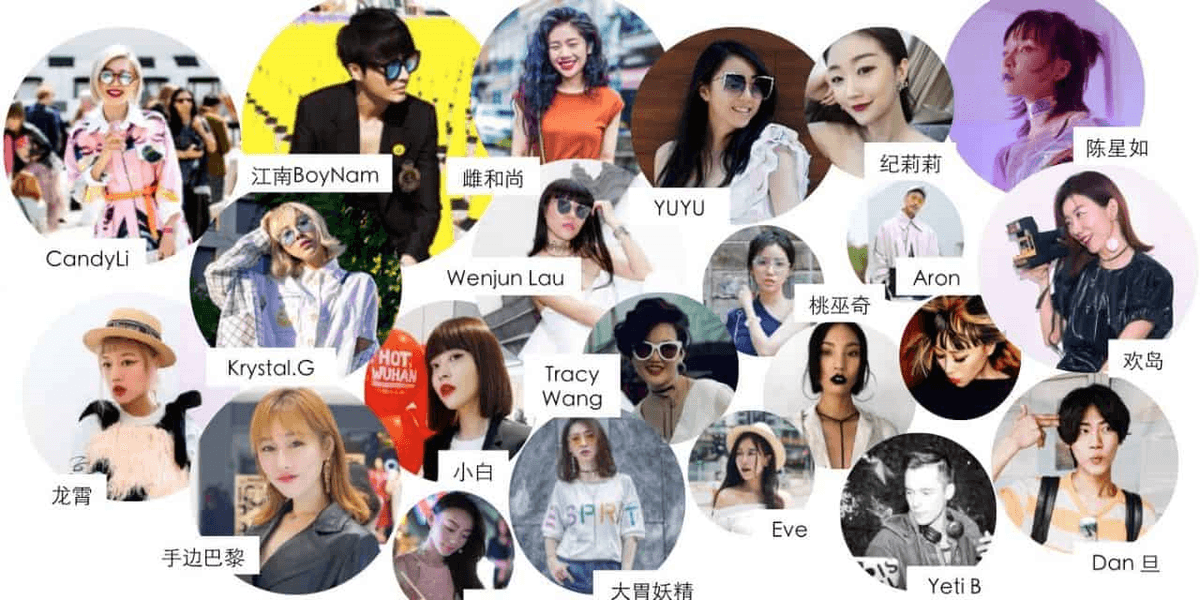
KOL Marketing by the Numbers (Or: Why Your CEO Needs a Fainting Couch)
- Total Influencer Market Value: $28.5 billion (roughly the GDP of Latvia, but with better lighting)
- Consumer Purchase Influence: 65% (meaning nearly two-thirds of Chinese consumers would rather take advice from a stranger on the internet than from your carefully crafted brand message)
- Average ROI: 5:1 to 12:1 for well-executed campaigns (returns that would make your investment banker weep with joy)
- Platforms with KOL Impact: WeChat, Douyin, Xiaohongshu, Weibo (if these names don't appear in your marketing strategy, you might as well be advertising by carrier pigeon)
The KOL Hierarchy: A Field Guide to the Wild Internet Celebrities of China
1. Mega KOLs (超级网红): The Digital Deities
- Followers: 5-10 million+ (approximately the population of a small country, all watching one person apply lipstick)
- Platforms: Douyin, Weibo (where they're treated with the reverence normally reserved for actual deities)
- Typical Rates: 50,000−500,000 per post (yes, per POST, not per year of dedicated service to your brand)
- Best For: Mass-market brand awareness (and making your CFO develop a nervous twitch)
Examples:
- 薇娅 (Viya) - Who once sold $1.25 billion worth of goods in a single day, making your Black Friday sale look like a neighborhood yard sale
- 李佳琦 (Austin Li) - Known as "Lipstick King" who can sell 15,000 lipsticks in 5 minutes, while your brand struggles to sell that many units in a quarter
2. Mid-Tier KOLs (中型网红): The Sweet Spot Specialists
- Followers: 500,000 - 2 million (enough people to fill multiple stadiums, all deeply invested in what moisturizer someone uses)
- Platforms: Xiaohongshu, Bilibili (where niche interests become religious devotion)
- Typical Rates: 5,000−30,000 per post (the price of a decent car to have someone take a selfie with your product)
- Best For: Niche market targeting (when you've realized not everyone on earth needs to hear about your specialized foot cream)
- Focus: Specialized content with engagement rates high enough to make Western influencers question their career choices
3. Micro-KOLs (微型网红): The Trusted Digital Friends
- Followers: 50,000 - 500,000 (a small town of people who trust this person more than they trust their actual friends)
- Platforms: WeChat, Zhihu (where depth sometimes still matters)
- Typical Rates: 500−5,000 per post (practically a bargain, like finding a designer handbag at a garage sale)
- Best For: Hyper-targeted campaigns (when you need to reach left-handed tea enthusiasts who also collect vintage calculators)
- Strength: Authenticity and audience connection so deep they could convince followers to change religions, let alone shampoo brands
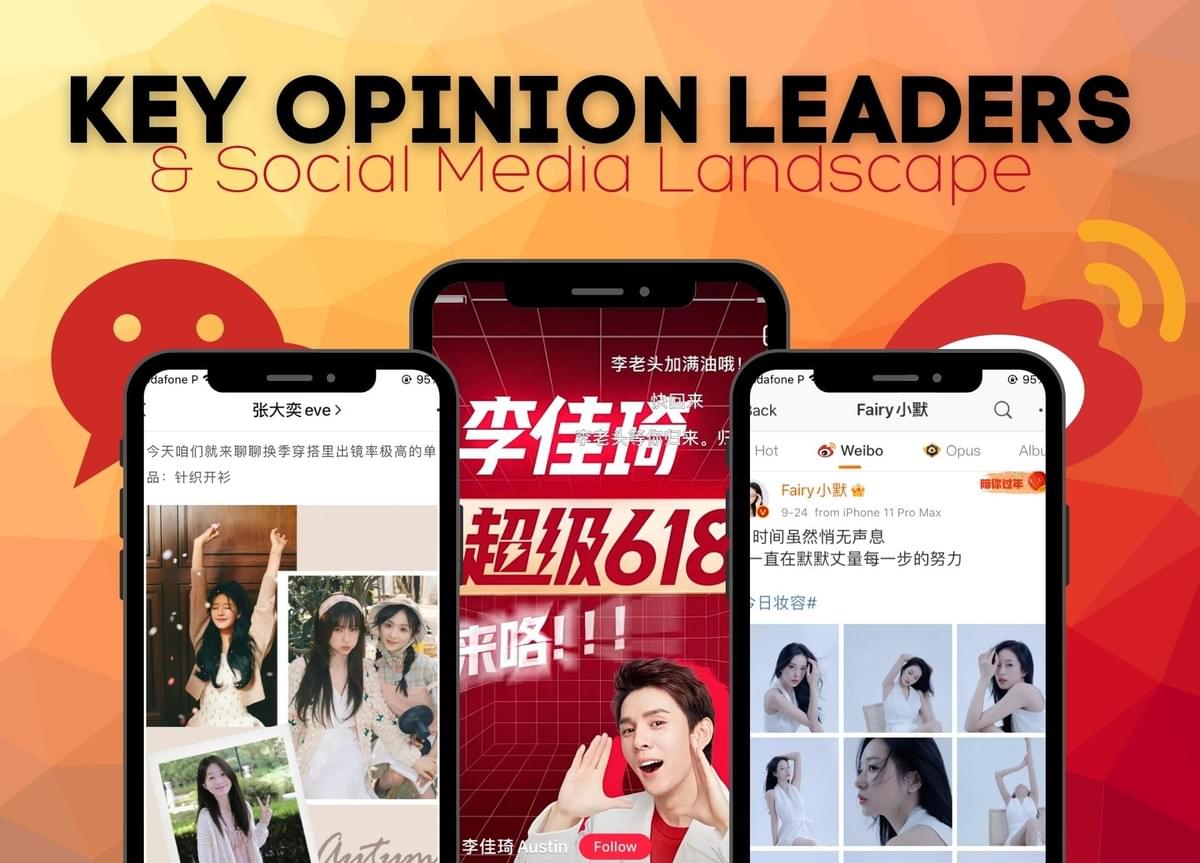
The New KOL Categories That Will Complicate Your 2025 Marketing Plan
Professional KOLs: People Who Actually Know Things
- The Revolutionary Concept: Influencers with actual expertise rather than just good selfie skills
- Fields: Technology, Finance, Healthcare (subjects where incorrect information might have consequences beyond a bad outfit choice)
- Platforms: Zhihu, WeChat Official Accounts (where sentences sometimes contain multisyllabic words)
- Key Characteristic: Credibility through expertise rather than through strategic use of ring lights
Social Commerce KOLs: The Human Shopping Channels
- Their Superpower: Turning casual viewing into aggressive purchasing faster than you can say "I didn't know I needed that"
- Platforms: Xiaohongshu, Douyin (where the line between entertainment and shopping doesn't exist)
- Unique Feature: Purchase integration so seamless that viewers find themselves owning products before consciously deciding to buy them
- Conversion Rates: Up to 35% higher than traditional advertising (which is now about as effective as shouting product names on a street corner)
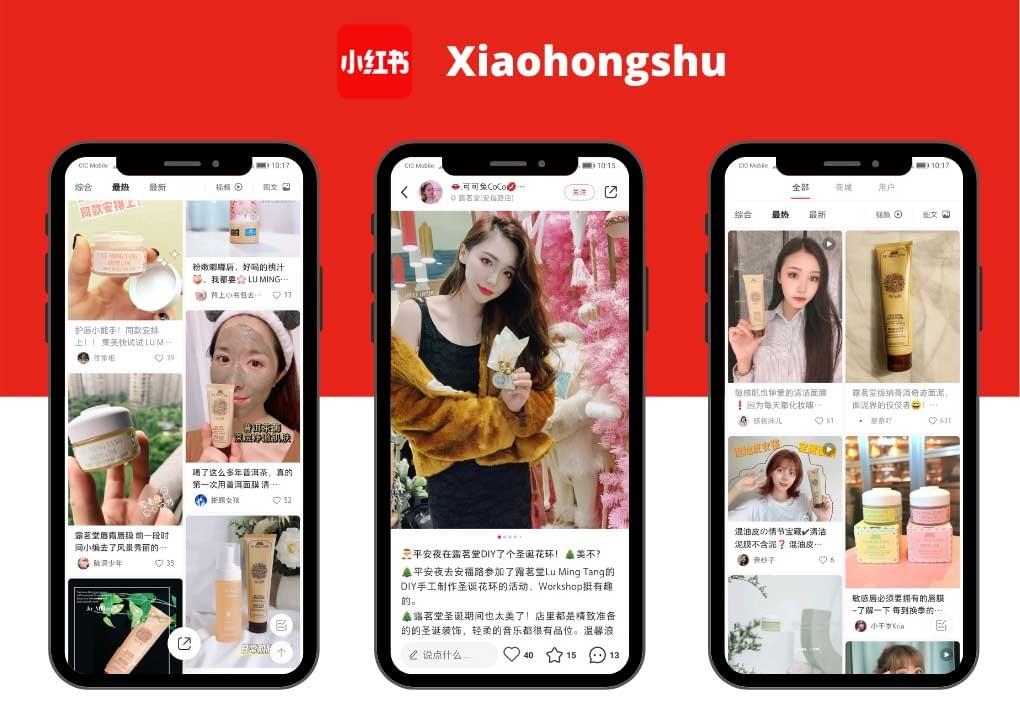
Strategic Approaches That Won't Make You Look Like a Digital Tourist
1. Platform-Specific Strategies (Because One Size Fits None)
Douyin (TikTok China): The Short Attention Span Theater
- Content Style: Short-form video consumed at a pace that would give previous generations motion sickness
- Best For: Product demonstrations that need to capture attention faster than a car accident
Engagement Tactics That Actually Work:
- Challenge-based content that makes consumers do your marketing for you
- Behind-the-scenes videos that create the illusion of authenticity
- Interactive live streams where products sell out faster than concert tickets
Xiaohongshu (RED): Where Shopping Dreams Are Born
- Content Style: Lifestyle and product reviews so detailed they make product manuals look superficial
- Best For: Beauty, fashion, and lifestyle brands trying to convince consumers that this lipstick/handbag/water bottle will finally make them happy
Engagement Tactics That Open Digital Wallets:
- Authentic user-generated content (or extremely convincing facsimiles thereof)
- Product experiences detailed enough to include the emotional journey of unboxing
- Visual storytelling that makes your product look like the missing piece in someone's perfect life
WeChat: The Elder Statesman of Chinese Social Media
- Content Style: Long-form content for those Chinese consumers who still remember how to read more than 40 characters at a time
- Best For: B2B, professional services, and brands that require explanation more complex than "this pretty, buy now"
Engagement Tactics For The Intellectually Inclined:
- Thought leadership articles that someone might actually read to the end
- Expert interviews with people who have qualifications beyond "being photogenic"
- Comprehensive brand narratives for products that can't be explained in a 15-second video
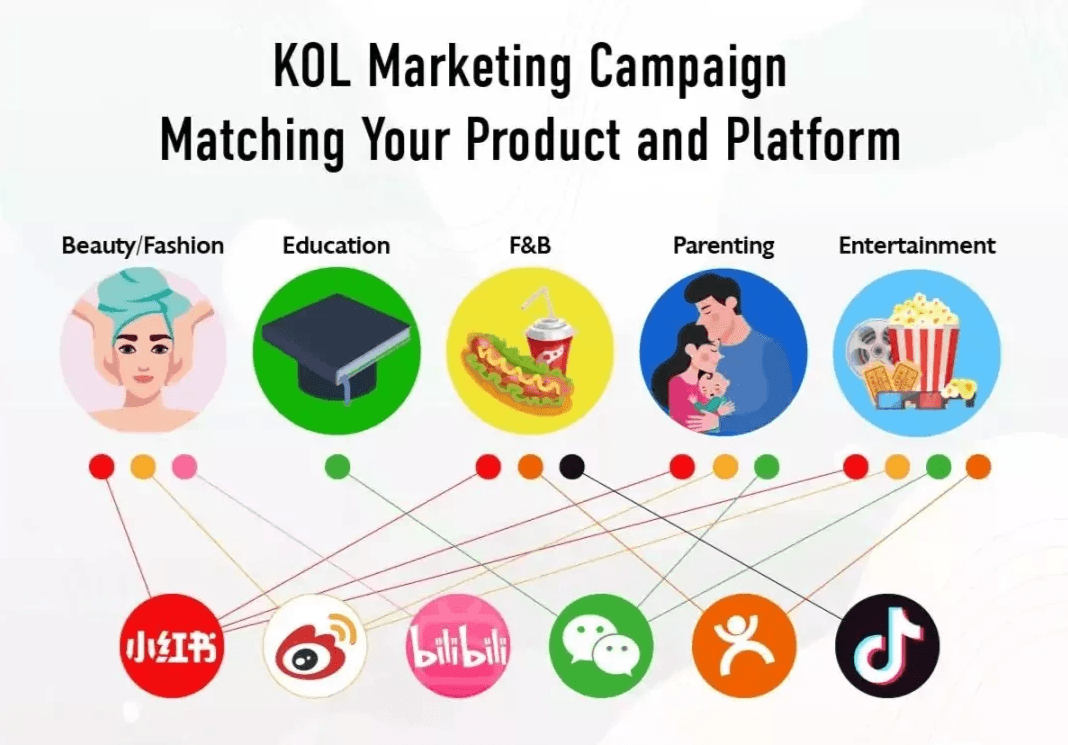
2. Collaboration Models That Won't Make KOLs Roll Their Eyes
Performance-Based Partnerships: Skin in the Game
- Compensation: Base fee + commission (because nothing motivates creative content like the prospect of money)
- Tracking: Attribution models more advanced than NASA's spacecraft tracking systems
- Benefits: Aligned incentives and risk sharing (or as KOLs see it, "ways brands try to pay us less")
Content Co-Creation: Pretending It's a Partnership
- Approach: Brands and KOLs developing content together in what both sides will describe as "collaborative" and "painful" in equal measure
- Goal: Storytelling authentic enough to fool increasingly cynical consumers
- Outcome: Higher audience trust and fewer comments calling out obvious advertising
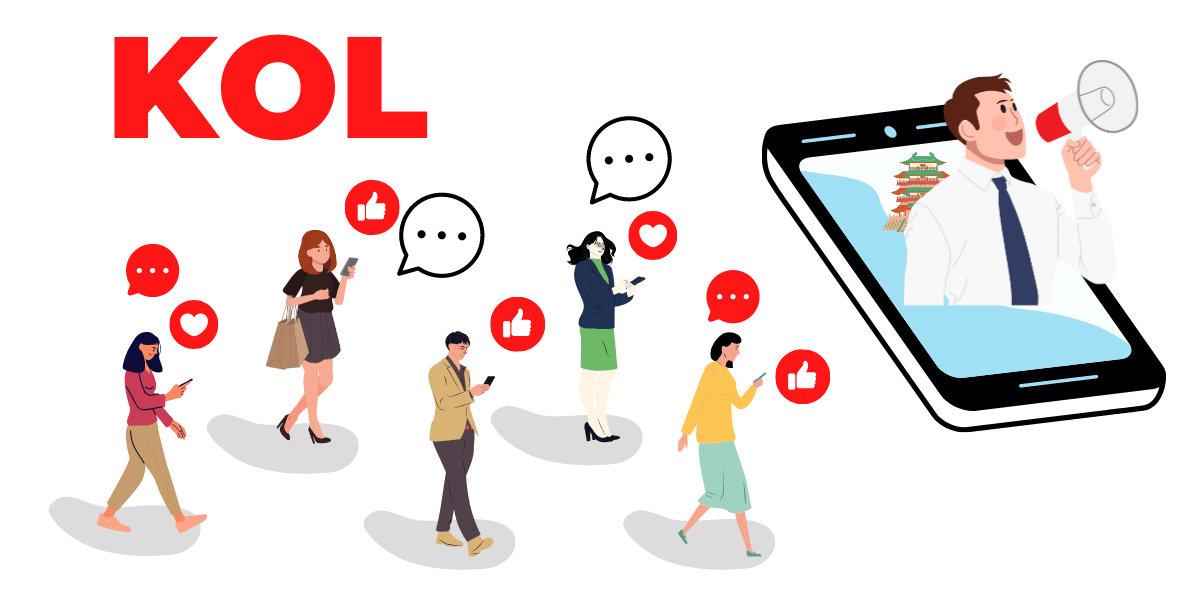
3. Compliance and Authenticity (Or: How Not to Get Banned in China)
Legal Considerations That Shouldn't Be Afterthoughts
- Mandatory Disclosure: Sponsorship indicators clear enough that consumers can actually tell it's an ad (revolutionary concept, we know)
- Content Regulations: Adherence to platform guidelines that change more frequently than most people change their socks
- Data Privacy: Consumer protection laws that make GDPR look like a casual suggestion
Authenticity Metrics (Because Fakery Is Now Scientifically Measurable)
- Engagement Rate: The primary evaluation criteria that separates actual influence from people who bought their followers in bulk
- Fake Follower Detection: Tools so sophisticated they can practically tell which followers are actually just the KOL's alternate accounts
- Brand Alignment: Cultural and values compatibility assessment to prevent the digital equivalent of showing up to a wedding in a clown costume
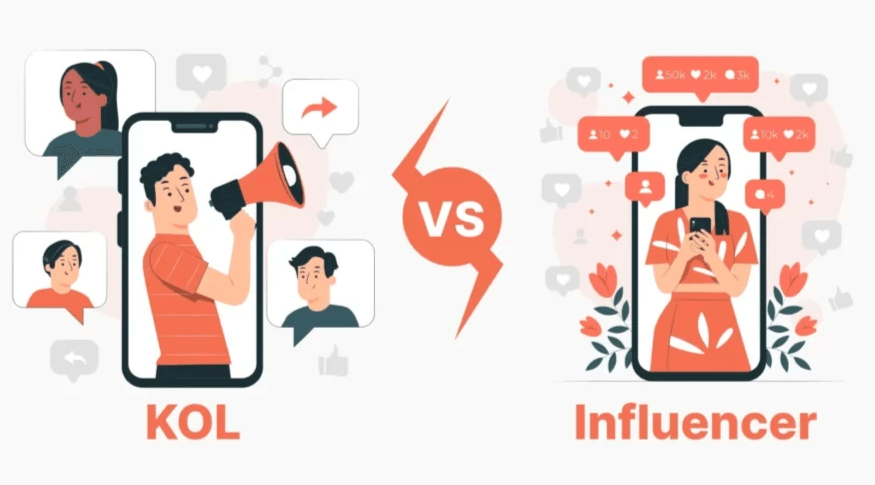
4. Budget Allocation That Won't Get You Fired
Recommended Distribution That Actually Works
- Mega KOLs: 20-30% of budget (for when you need everyone in China to hear about something)
- Mid-Tier KOLs: 40-50% of budget (the workhorses of your influence strategy)
- Micro-KOLs: 20-30% of budget (for when you need actual conversion, not just awareness)
ROI Measurement Tools To Justify Your Existence To The CFO
- Platform Analytics: Native data that tells you what platforms want you to know
- Conversion Tracking: Following the digital breadcrumbs from KOL content to actual purchases
- Sentiment Analysis: Sophisticated tools that tell you whether people love your brand or are just being sarcastic
- Customer Lifetime Value Calculation: Proving that although you paid $100,000 for a single post, the long-term value totally justifies it (maybe)
Future Trends That Will Make Today's Challenges Look Quaint
- AI-Powered Matching Platforms: Algorithms that pair brands with KOLs better than most dating apps match compatible humans
- Virtual and Augmented Reality Experiences: Because regular reality isn't complicated enough already
- Hyper-Personalized Content: KOL posts so targeted they make consumers wonder if their devices are reading their minds
- Cross-Platform Integrated Campaigns: Coordinated KOL activities that follow consumers across platforms like a friendly digital stalker

Conclusion: Embracing the Beautiful Chaos
Success in China's KOL landscape requires more than just hiring someone with good cheekbones and a ring light. It demands a strategic approach that respects cultural dynamics, platform specificities, and the uncomfortable truth that these internet celebrities often have more influence over your customers than your entire marketing department combined.
But with returns that can reach 12:1 for well-executed campaigns, it's worth navigating the complex ecosystem of Chinese digital influence. Just remember: in a world where a livestreamer can sell a billion dollars of product in a single day, traditional marketing is no longer just outdated—it's practically prehistoric.